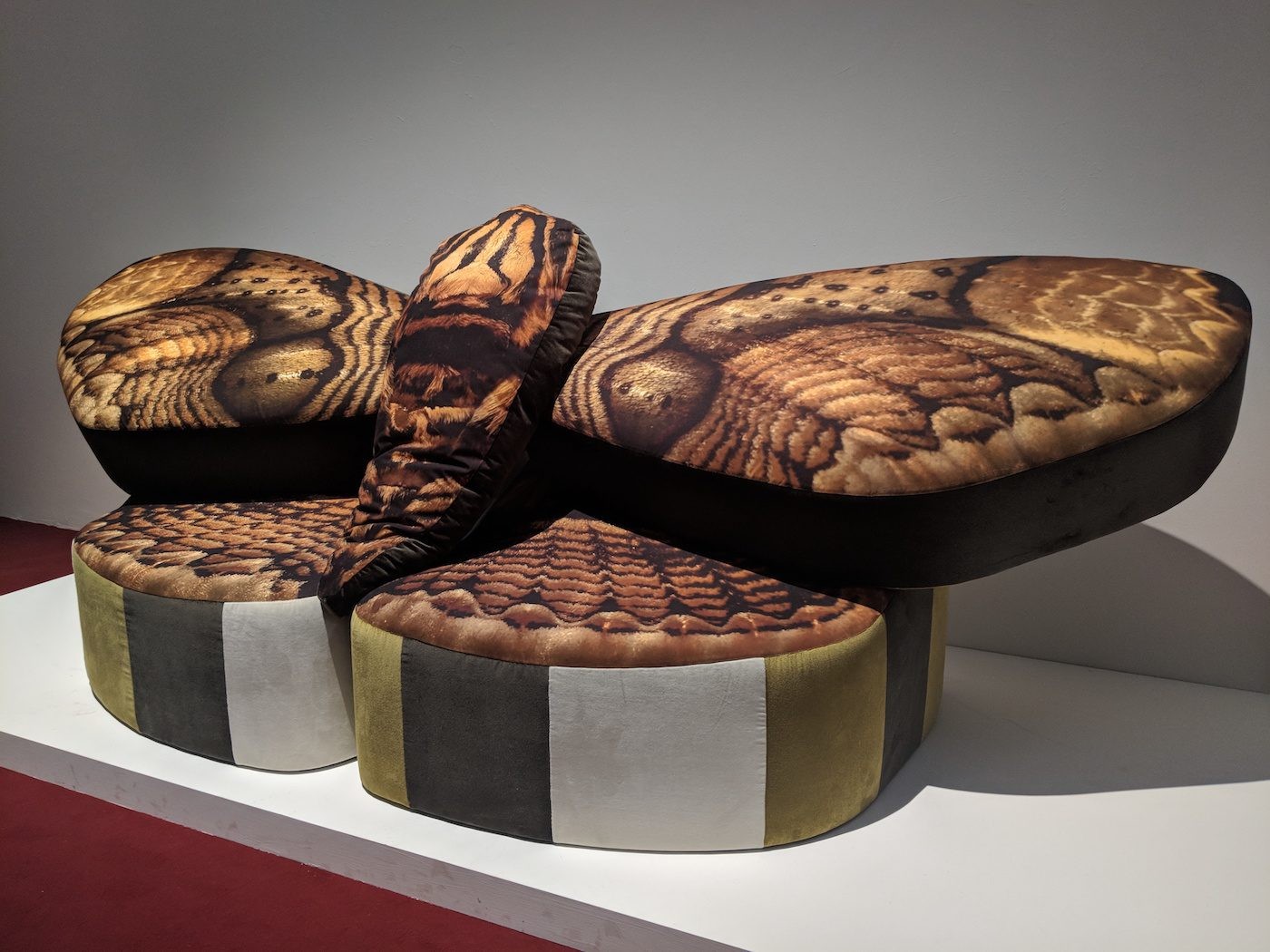Nairobi Contemporary Art Institute (NCAI)
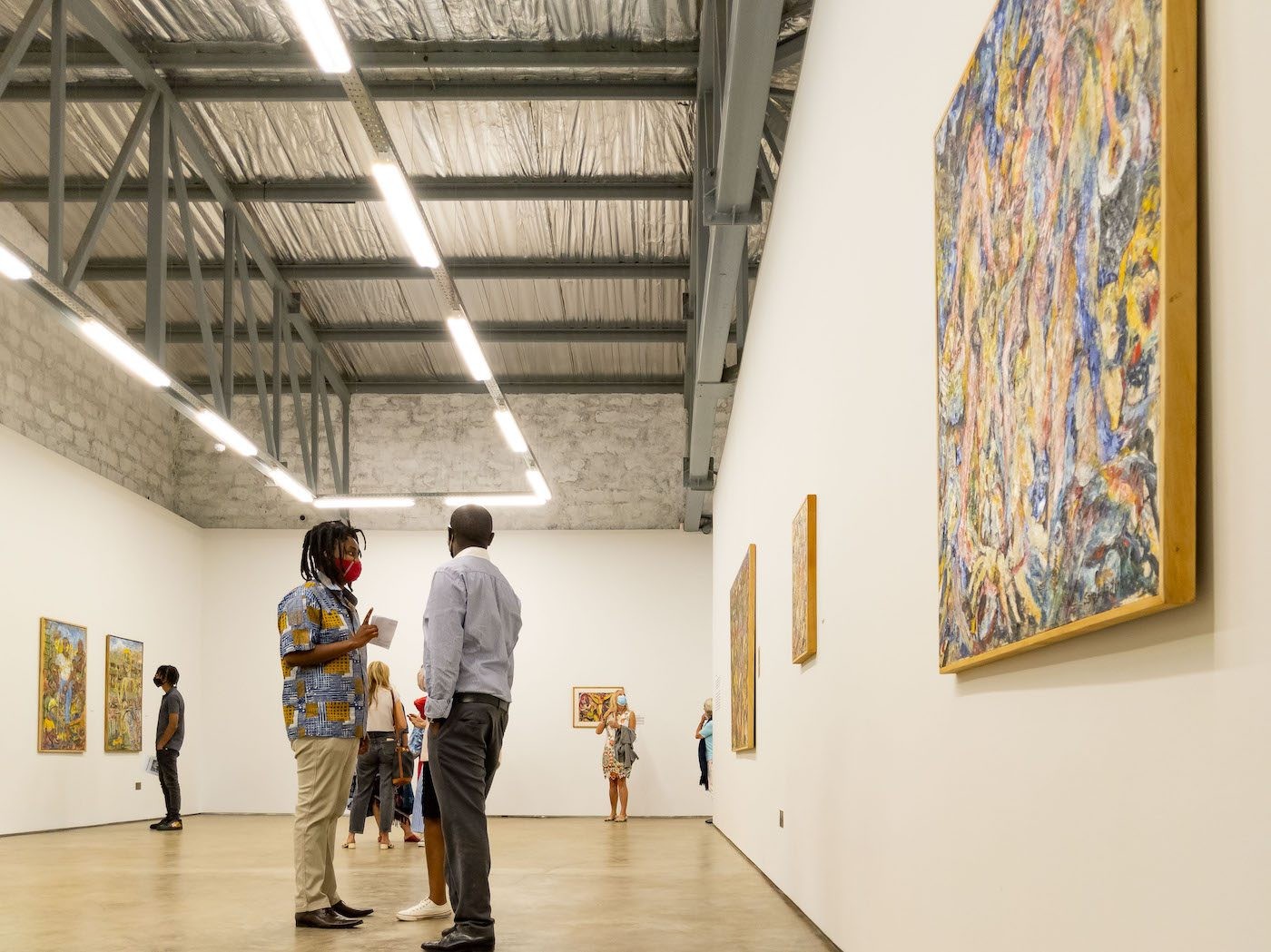
20 January 2022
Magazine C& Magazine
Words Rose Jepkorir
6 min read
We talk to Michael Armitage, artist and initiator of the non-profit visual art space founded in 2020 in Kenya's capital, Nairobi.
The number of African Diaspora artists enjoying considerable success in the international art scene has rocketed in the past years. Many of these artists have also chosen to invest back into the continent by founding art projects, from residencies to institutions. We highlight some of these projects in this series, Giving Back to the Continent. Here it is the Nairobi Contemporary Art Institute, initiated by Kenyan artist Michael Armitage.
Nairobi Contemporary Art Institute (NCAI) is a non-profit visual art space dedicated to the growth and preservation of contemporary art in East Africa. Established in 2020 and opening its doors to the public in January 2022, NCAI aims to build on a legacy of initiatives seeking to tell the stories of the artists and projects that have shaped the region’s contemporary art scene. Through exhibitions, the development of an East African art archive, a public program of talks, and a multidisciplinary educational program, it hopes to serve as a hub and resource for the thriving East African art community and as an inspiring cultural space for audiences.

The NCAI Team: From L to R: Rosie Olang’ Odhiambo, Rosasi Lydia, Angela Muritu, Michael Armitage, Ayako Bertolli. (not pictured, Mukami Kuria and Nasrin Leahy)
Contemporary And: What are some of the references you are looking at in building NCAI? Are there core concepts or hacks you have encountered, tested, or look forward to experimenting on, in terms of situation, form, organizational structure, cooperation, collaboration, exchange, etc.?
Michael Armitage: NCAI builds on a rich legacy of spaces and projects in East Africa. We looked to create a space that will add to the existing ecosystem of institutions and independent practitioners in the Nairobi art scene. The success of NCAI will be in our ability to work with others. We are in conversation and look to the work of various art spaces and networks around the world. In the lead up to establishing NCAI our Director, Ayako Bertolli spent time at spaces such as Bellas Artes Project in Quezon City, Philippines and Gasworks in London, UK. The work done by institutions such as SCCA Tamale in Ghana, the A4 Foundation in Cape Town, South Africa, among many others have also been incredibly important in shaping the development of NCAI.
C&: The exhibition Michael Armitage: Paradise Edict at Haus der Kunst, Munich in 2020, and its second iteration at the Royal Academy of Arts, London, in 2021, included a section titled Mwili, Akili na Roho [Mind, Body, and Spirit], containing a selection of the East African artists: Asaph Ng’ethe Macua, Elimo Njau, Theresa Musoke, Jak Katarikawe, Meek Gichugu, and Sane Wadu.
MA: Mwili, Akili na Roho sought to explore some of the key developments in figurative painting in East Africa from the 1950s to the early 2000s. The presentation charted the establishment of a language and way of thinking at Makerere and Kenyatta universities, and other universities in the region, that was then challenged by the self-taught artists who came to prominence in the 1980s and formed the Ngecha art collective. Working with Haus der Kunst and the Royal Academy also established connections with institutions and collectors in Germany and the UK. These relationships will be an important part of telling the story of art in the region, as much of the work that was made in those times was bought and collected abroad.
C&: Besides planning for exhibitions, public programming, and a library, you have an NCAI offsite platform.
MA: The team at NCAI are looking to create greater awareness of the art, artists, and art history of the region. For this reason, we feel that it’s important for that platform to be as wide as possible, and in the spirit of working with art practitioners across various geographies to reach wider audiences, we began an offsite program. As we had been unable to open our physical space as planned due to COVID, I sought to establish our offsite program so that we could begin to work with artists and partners around the globe, as well as develop our online presence. In the virtual world, Rosie Olang’ Odhiambo who leads our programming, held three virtual Wikipedia editathons with a focus on editing and creating profiles for East African women artists, a project that is still ongoing. In September, we also hosted an online women in sculpture panel with artists Chelenge Van Rampelberg, Magdalene Odundo DBE and Wangechi Mutu that was well-received. We look forward to continue in-person, offsite and online programming in the coming year.
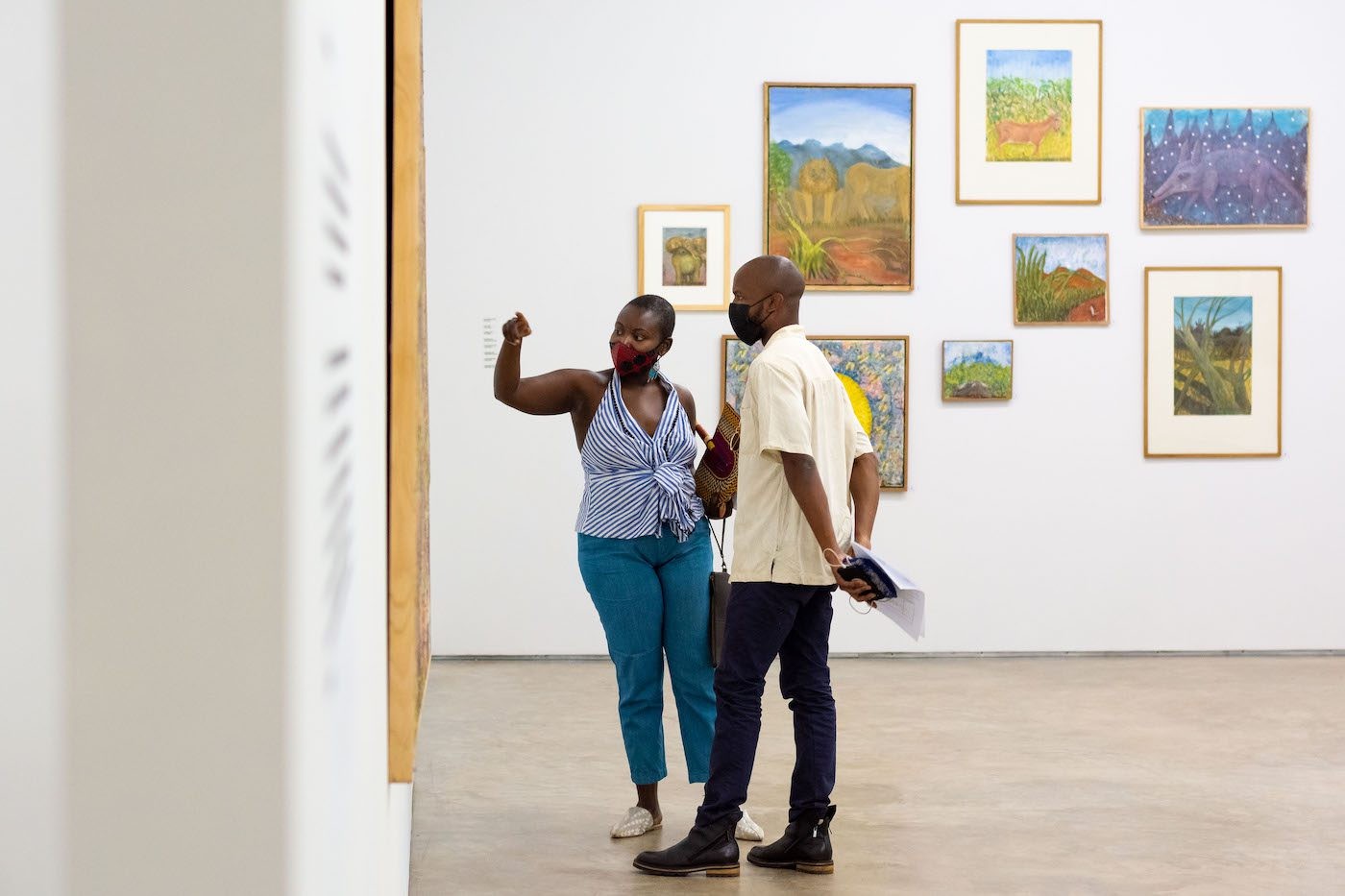
Installation View of Sane Wadu “I Hope So”. Courtesy NCAI.
C&: What are the immediate plans ahead of you?
MA: We are preparing for our inaugural show and its associated programming: a career retrospective of Sane Wadu, set to open in January 2022. Curator, Mukami Kuria and curatorial assistant Angela Muritu, have been working closely with Wadu to bring together thirty years of his life and painting practice. Alongside the exhibitions program we have commissioned a series of films on artists from the region, to be made by Matteo Lonardi. We are also excited to be presenting the work of Peter Mulindwa at the first Ad-Diriyah Biennale in Saudi Arabia in December 2021. Additionally we are putting together the NCAI library and resource center, currently gathering books and other resources from institutions in the city and abroad. We are grateful for contributions and support from several individuals, institutions and galleries that make this possible.
C&: How do you anticipate NCAI developing in time?
MA: As we open our doors to the public for the first time in January 2022, we hope that NCAI will serve, support, and expand the arts community, and that our space provides a roof under which people familiar with and new to the arts can encounter a vibrant exhibitions program, study in our resource center, and meet and connect through our programming. Our long-term plan is to develop a permanent space and an education program that will provide a three-year post-graduate fine arts program. Alongside this, we hope to expand our network of partners across the globe to continue to share the work of the incredible artists of East Africa.
Michael Armitage was born in 1984 in Nairobi, Kenya. He works between Nairobi and London where, from 2007 until 2010, he studied at the Slade School of Fine Art and the Royal Academy Schools.
Interview by Rose Jepkorir.
Read more from

MAM São Paulo announces Diane Lima as Curator of the 39th Panorama of Brazilian Art
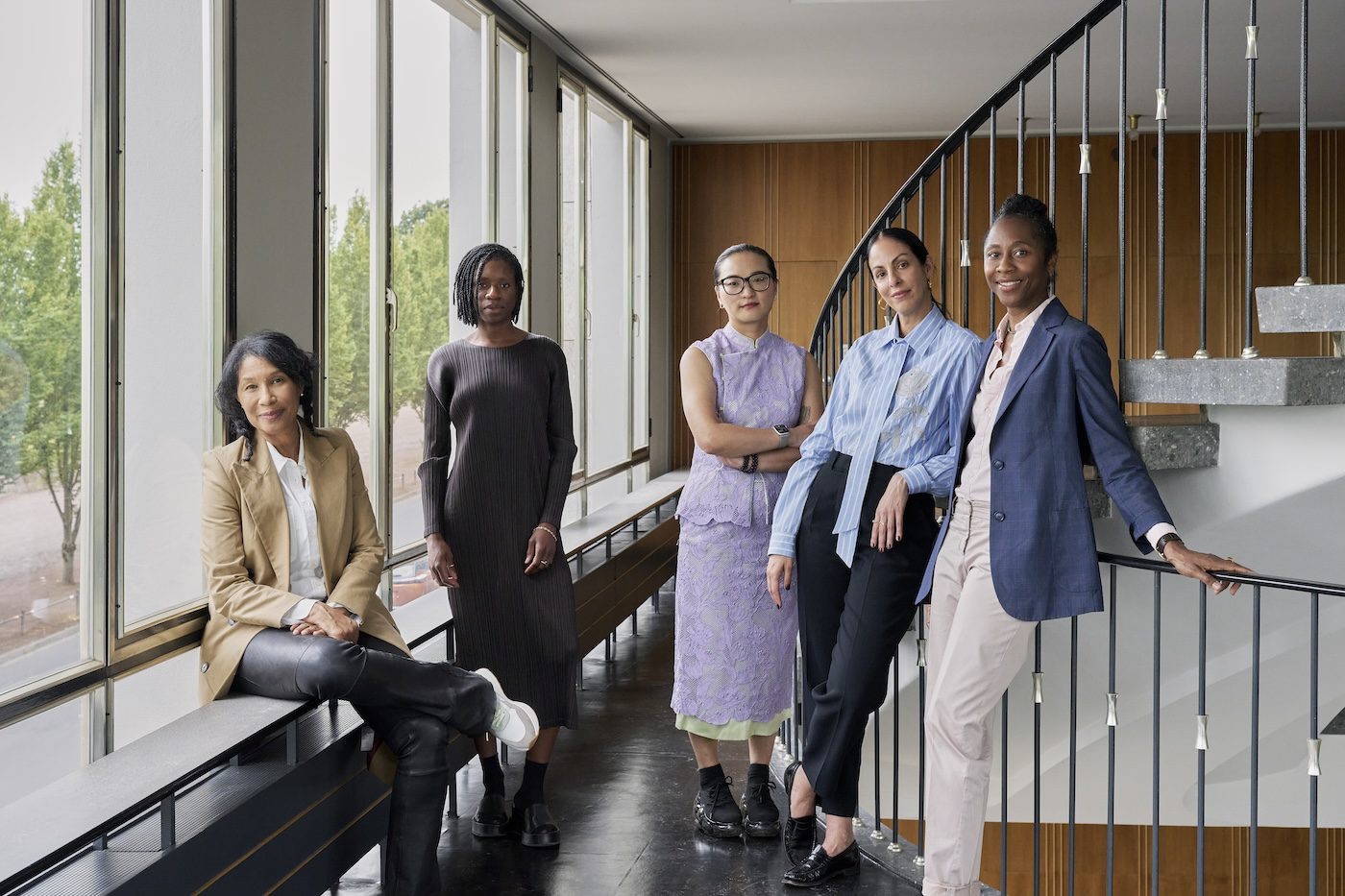
Naomi Beckwith Unveils Core Artistic Team for documenta 16
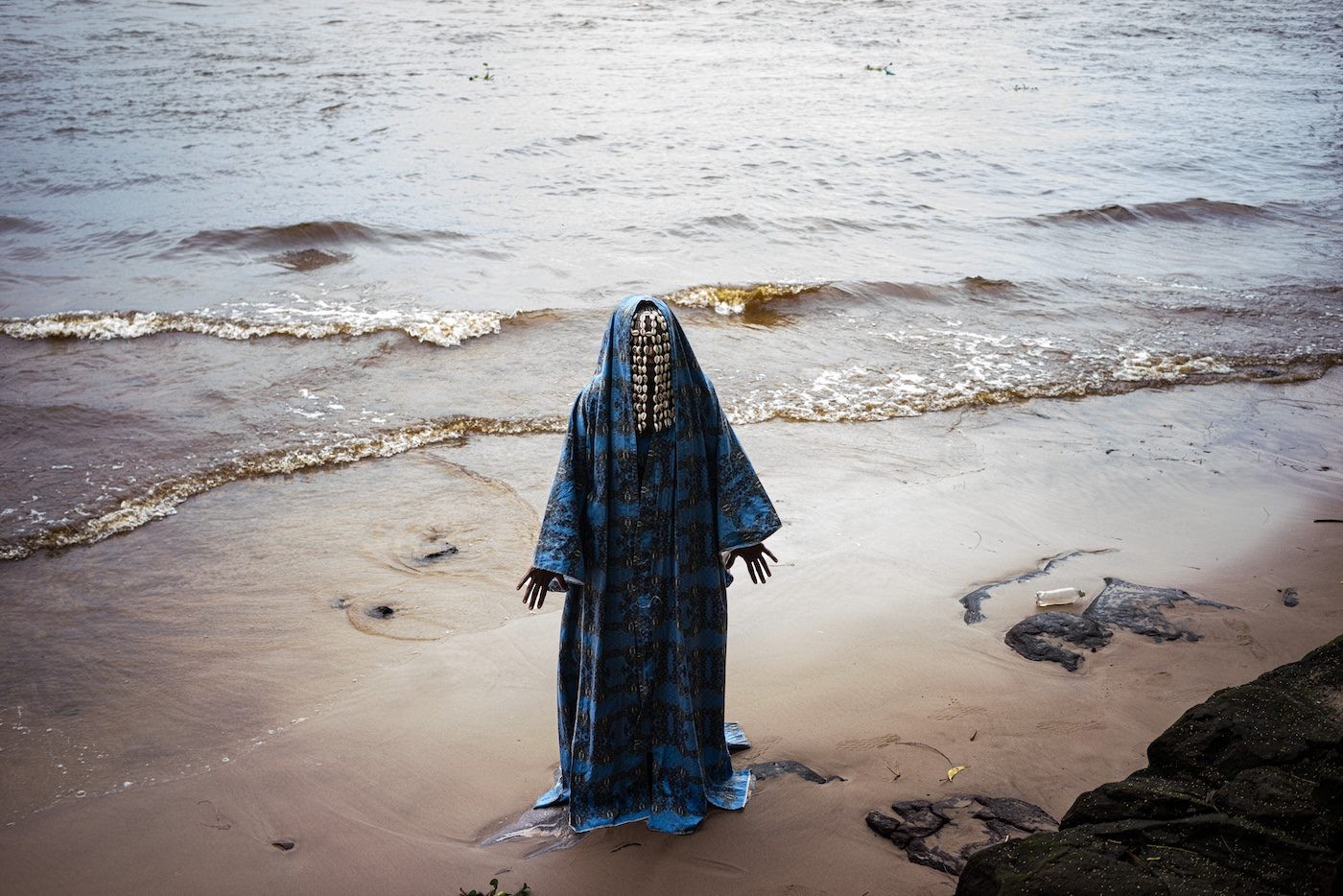
Fundação Bienal de São Paulo Announces List of Participants for its 36th Edition
Read more from
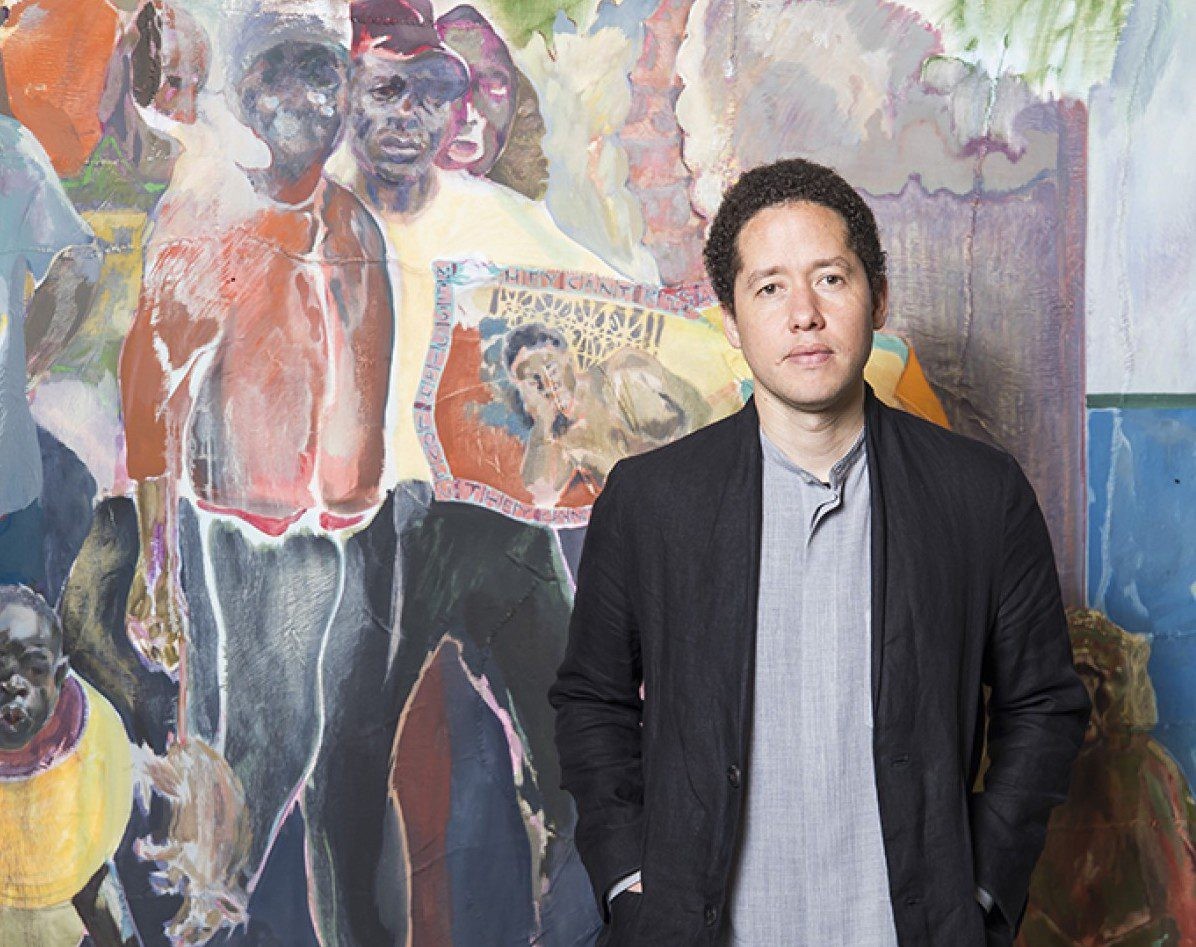
Michael Armitage Receives the 6th Ruth Baumgarte Art Award
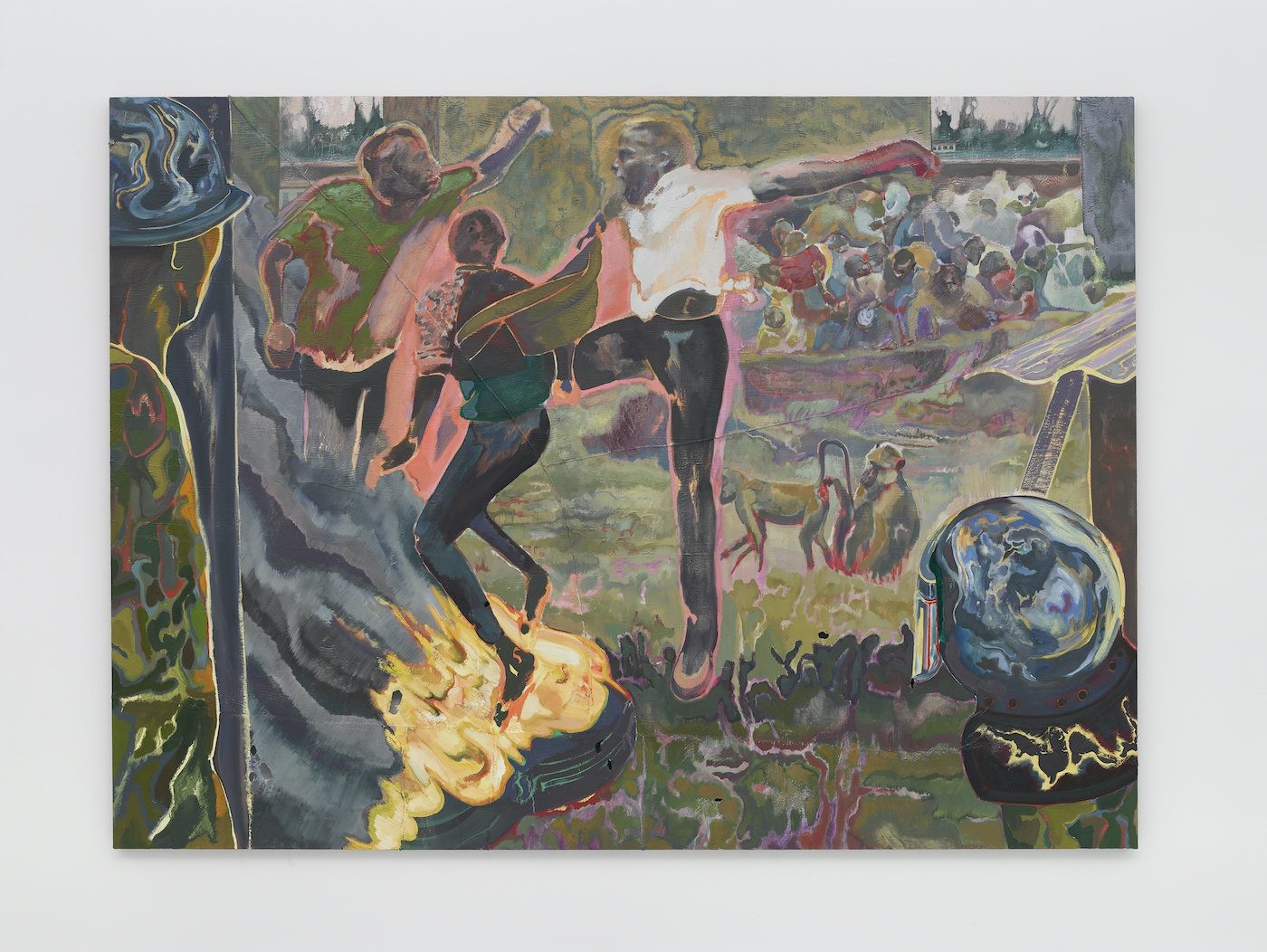
Accomplice: Michael Armitage
